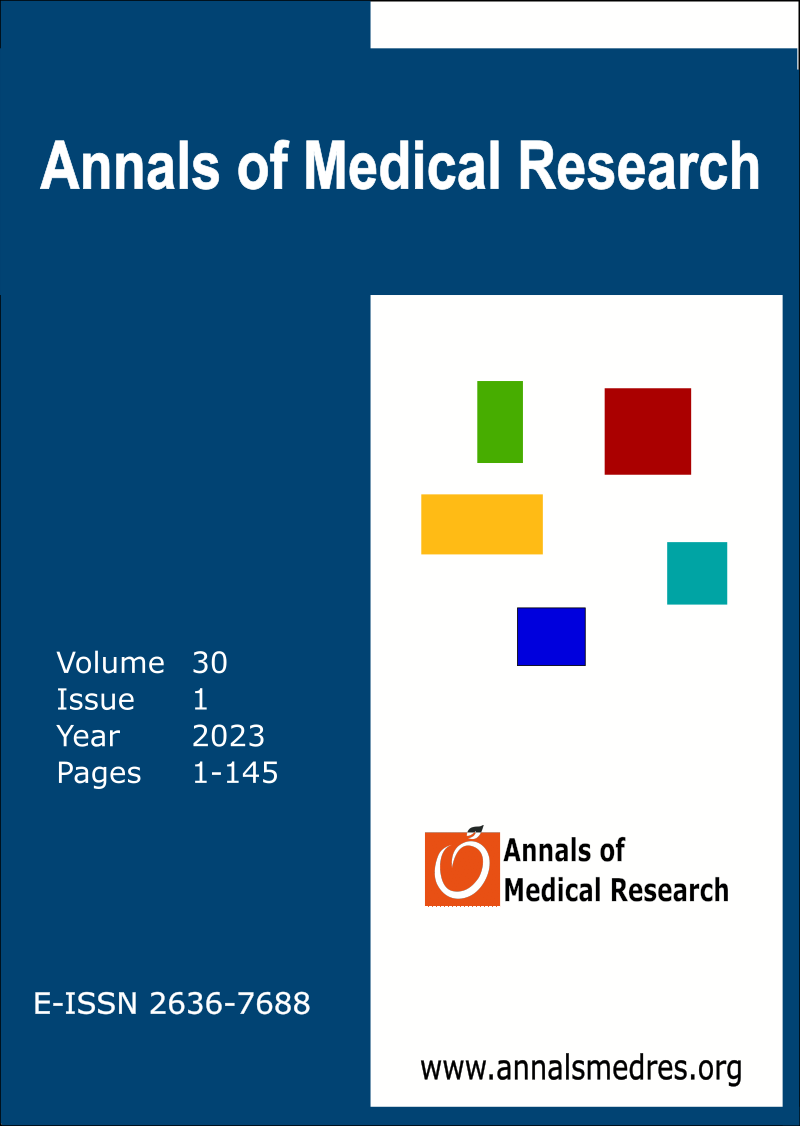The predictive ability of hematologic parameters for in-hospital mortality in patients presenting with pulmonary embolism
Keywords:
Neutrophil/lymphocyte ratio (NLr), Platelet distribution width (PDW), Pulmonary embolism, Red cell distribution width (RDW)Abstract
Aim: Acute pulmonary embolism (PE) is one of the leading causes of mortality. Components of complete blood count indicate thrombotic and/or inflammatory status in various clinical conditions. In this study, we aimed to evaluate if hematological parameters could predict in-hospital mortality in patients presenting with PE.
Materials and Methods: Patients hospitalized with a diagnosis of acute PE in our tertiary center between 2016 and 2022 were involved in this retrospective study. Hematologic parameters obtained on admission were analyzed. PESI scores were calculated and comparative statistical and regression analyses were obtained.
Results: There were 254 patients (37.4% male). Thirty-eight patients (14.9%) were died in-hospital and formed ‘non-survivors’ group. NLr and RDW were found as independent risk factors associated with in-hospital mortality. Our results revealed a strong correlation between hematological parameters and PESI risk score and a cut off value of 5.9 for NLr was associated with 68.4% sensitivity and 68.1% specificity; besides that, cut off value of 14.1 for RDW was associated with 68.4% sensitivity and 62.6% specificity in prediction of in-hospital mortality.
Conclusion: Our current study showed that hematological parameters, assessed by routine blood count analysis, may serve as a promising and useful marker to foresee in-hospital mortality in patients presenting thru acute PE especially when used additive to validated risk scores.
Downloads
Published
Issue
Section
License
Copyright (c) 2022 The author(s)

This work is licensed under a Creative Commons Attribution-NonCommercial-NoDerivatives 4.0 International License.
CC Attribution-NonCommercial-NoDerivatives 4.0






